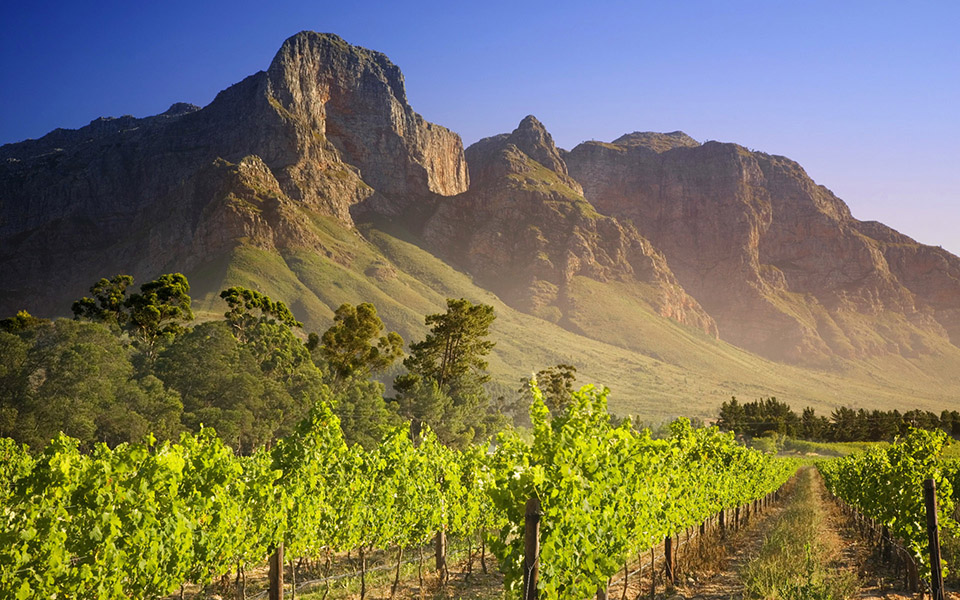
“Anything but Chardonnay”, remarked the Australian woman airily, having been offered a glass of wine. I remember the occasion quite vividly because she was talking to me. Perhaps she wanted to create an impression of world-weary experience, but any wine enthusiast would know that the off-hand remark reflected her ignorance. You see, some of the best white wines in the world are made with Chardonnay. I am thinking of those sumptuous whites of Burgundy, which are made from 100% Chardonnay grapes. I would be happy to drink them every day if I had the opportunity. And the money, for they don’t come cheap in this neck of the woods. Admittedly in some parts of Burgundy they grow small quantities of lesser-known grapes but Chardonnay is the queen of white grapes. Or the king, if you prefer.
Even so, I know exactly what the Australian lady meant. For years, the Australian wine market was flooded with cheap commercial Chardonnays all of which tasted pretty much the same. There are still plenty of them around. They tend to be off-dry, loaded with tropical fruit and pineapple and intended for the undiscerning mass market. It is easy to become bored with them. Anyway, as luck would have it, I’d been to the wine shop the previous day and was able to offer a few alternatives. And as a matter of casual interest, how many other white wine grapes can you name? Go on, try!
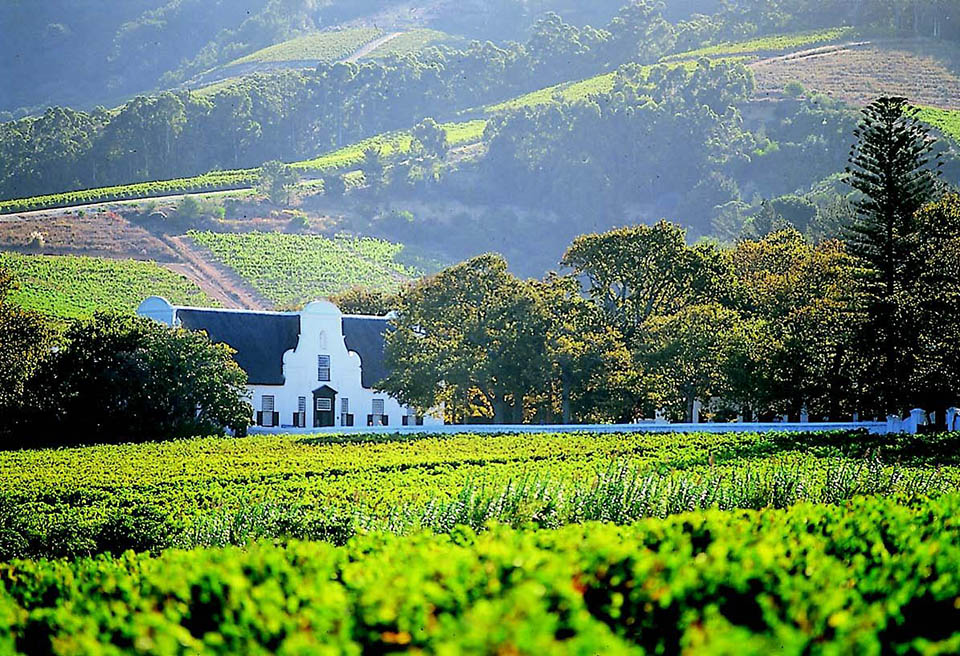
There are countless numbers of white grape varieties but only a few dozen of them have achieved widespread popularity. Apart from Chardonnay, the world’s most popular white grape varieties include Sauvignon Blanc, Pinot Grigio (also known as Pinot Gris), Riesling, Gewürztraminer, Chenin Blanc, Sémillon, Trebbiano, Viognier and Albariño. We could add Müller-Thurgau, which makes basic German table wines and the Italian Glera which is used exclusively in that ever-popular Italian sparkler, Prosecco. And we mustn’t forget the Spanish Airén, grown in the La Mancha region and though little known outside Spain, is one of the world’s most widely planted white grapes.
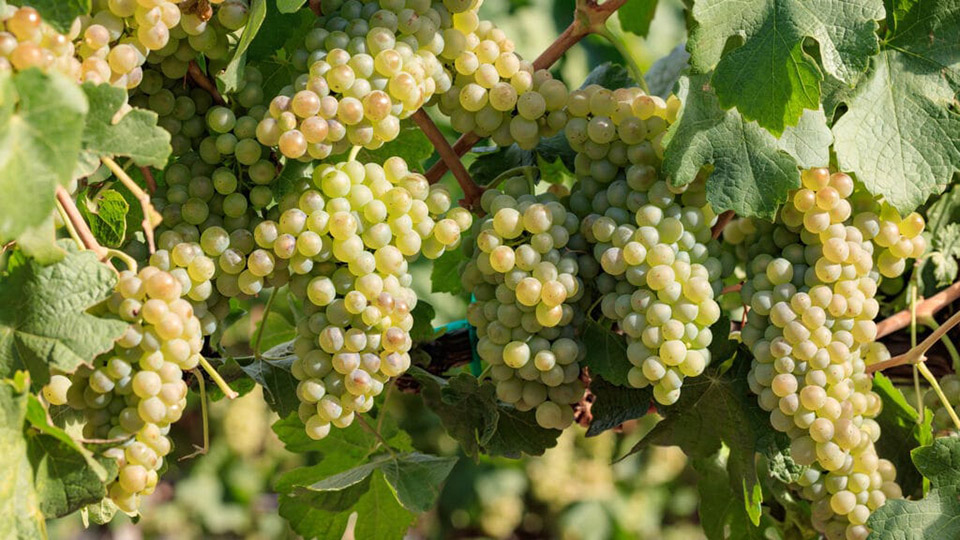
The other day, I came across some Chenin Blanc at our local Tops Supermarket and decided to give it a try, for Chenin Blanc is rarely seen in these parts. It’s a shame, for this grape produces dry, lively wines slightly similar in flavour to Chardonnay though lighter and with a zesty acidity. The grape originated centuries ago in the Anjou region of France’s Loire Valley where it’s also known as Pineau de la Loire. It can make many different styles of wine ranging from sparklers to rich dessert wines. It’s grown in many New World wine regions too, and it’s one of the work-horse grapes of South Africa, where it’s historically known as Steen. It was probably among the first grapes grown there, planted in 1655 by the Dutch navigator and colonial administrator of the Dutch East India Company, Jan van Riebeeck. Today, South Africa is the world’s largest producer of Chenin Blanc, which like Sauvignon Blanc and Muscadet is always pronounced the French way.
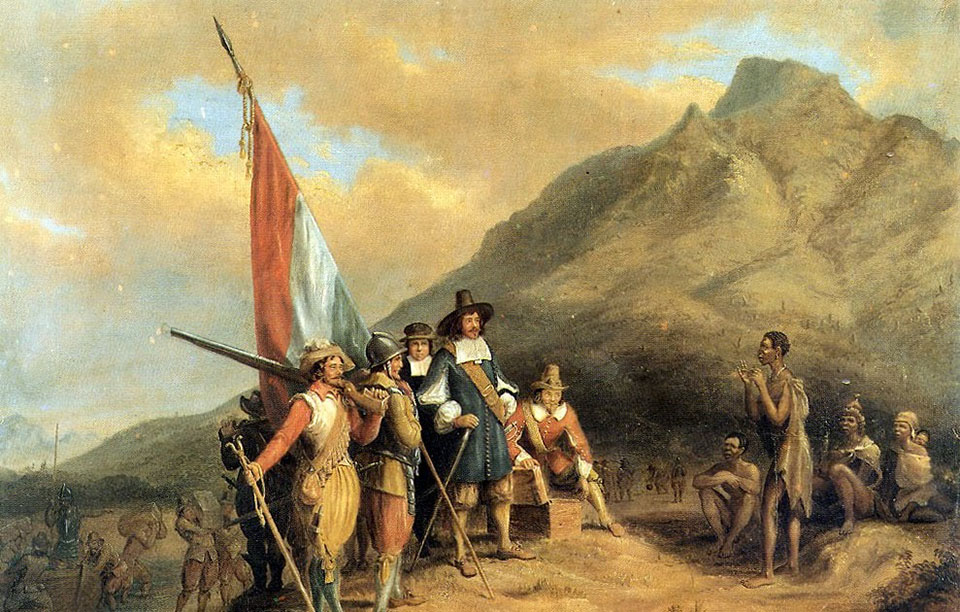
Wild House Chenin Blanc 2023 (white) South Africa. ฿699.00 @ Tops
This comes from Wildeberg Winery, located in the small rambling town of Franschhoek in South Africa’s Western Cape. With its centuries-old vineyards and characteristic Cape Dutch architecture, Franschhoek is one of the oldest towns in South Africa. It was formerly known as Oliphant Hoek due to the enormous number of elephants that once roamed the region. In case you’re wondering about the curious name “wild house”, the back label explains that it’s “a place of raw energy, a weather-beaten hut exposed to the storm-swept slopes of the mountains where this wine was conceived.” Perhaps it makes more sense in the original Afrikaans.
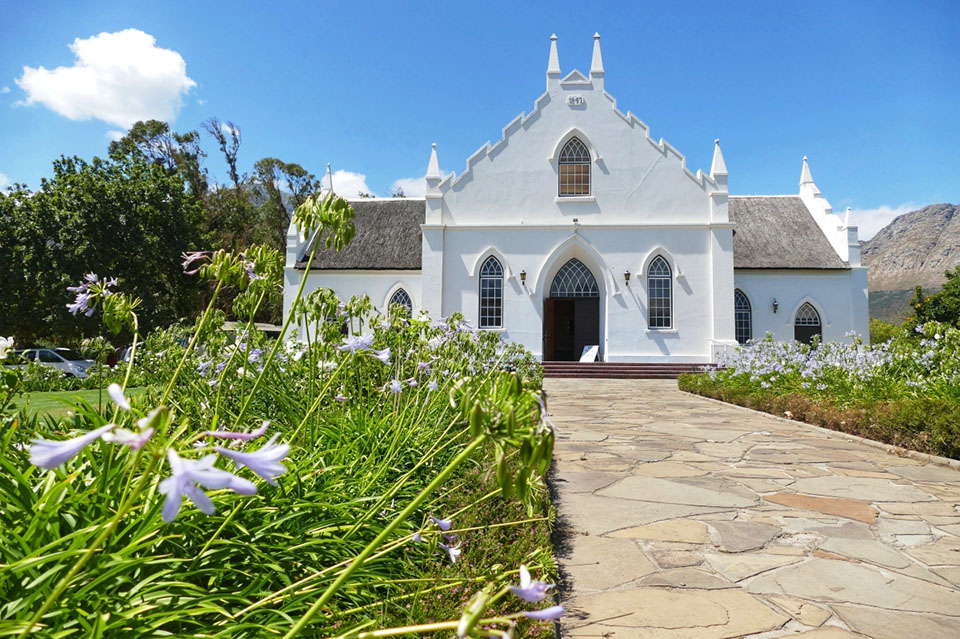
After reviewing nearly six hundred wines during 2022, the South African Wine magazine named Wildeberg the “Winery of the Year”. This Chenin Blanc has won several international awards and made from 100% unoaked Chenin Blanc grapes grown on sandy soils over granite bedrock. The wine was fermented in stainless steel tanks to preserve the freshness, character and liveliness. To add more complexity and depth, it was kept it on its lees for about nine months. The “lees” are the dead yeast cells which during fermentation, gradually sink to the bottom of the fermentation tank. They have a soft texture and during the time the wine stays in contact, it develops rounder, creamier flavours. Many styles of wine are aged “on the lees”, including Chablis, Champagne, Muscadet and Californian Chardonnay.
This Chenin Blanc is a pale golden yellow colour with a delicate scented aroma of pear and a tang of fresh citrus. There’s plenty of clean fruit on the lively palate with reminders of pear, melon and lychee. At 13.5% ABV it’s an extremely dry, light-bodied wine, with an attractive crisp, citrus-like acidity and a faint hint of mandarin orange. It has a long and lively finish. Lightness and bright acidity are the key features.
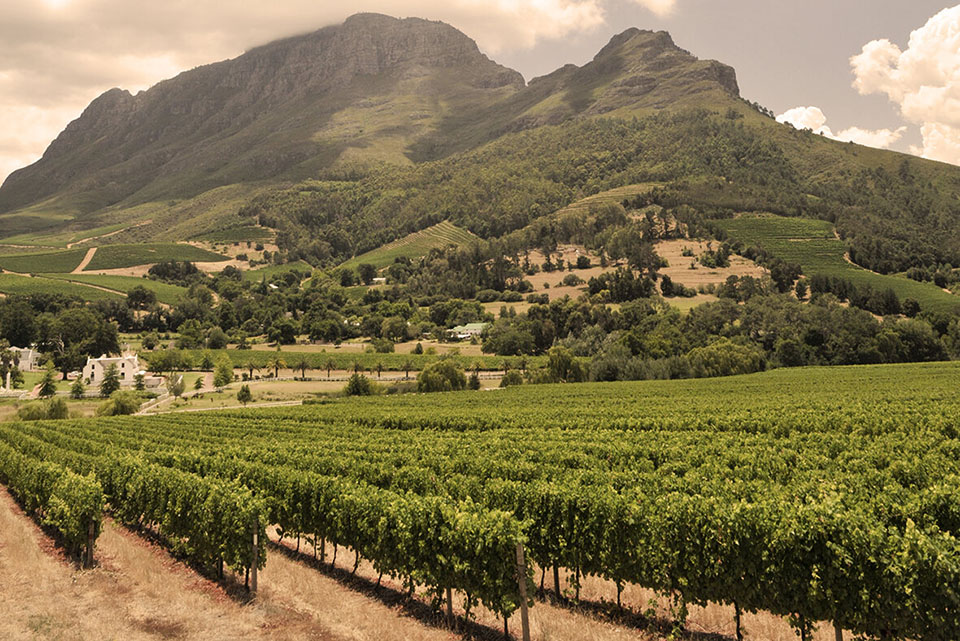
Seafood is one of the best matches for Chenin Blanc, because the acidity and crisp flavours of the wine complement those of seafood. Chenin Blanc is an excellent choice for dishes such as oysters, shrimp or grilled fish. The wine’s acidity “cuts” the richness of the food, leaving a clean and refreshing finish. The wine is also an excellent choice for vegetarian dishes. Lighter vegetable-based meals like salads or grilled vegetables also work well with Chenin Blanc for the wine’s acidity enhances the freshness of the vegetables. And of course, Chenin Blanc also pairs brilliantly with poultry dishes because the acidity and fruity flavours contrast perfectly with the flavours of chicken, turkey or duck. It goes without saying (though I will say it anyway) that Chenin Blanc makes a splendid partner for soft fatty cheeses, such as Brie and Camembert.
And by the way, in 2006 some intensive research revealed the astonishing fact that Chenin Blanc is genetically identical to the lesser-known Spanish grape Agudelo, which was thought to be indigenous to Galicia. This must have been as much of a surprise to the French as it was to the Spanish.









